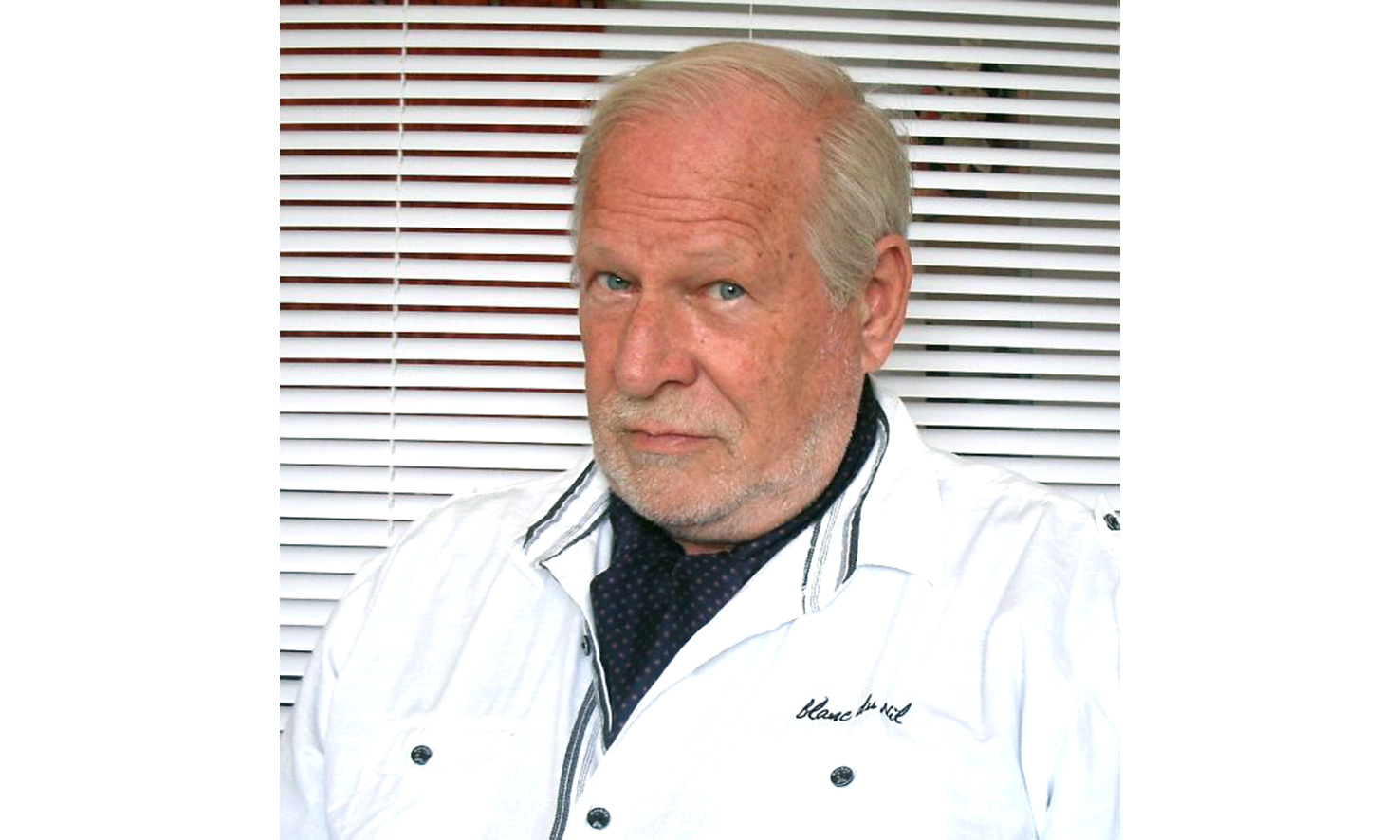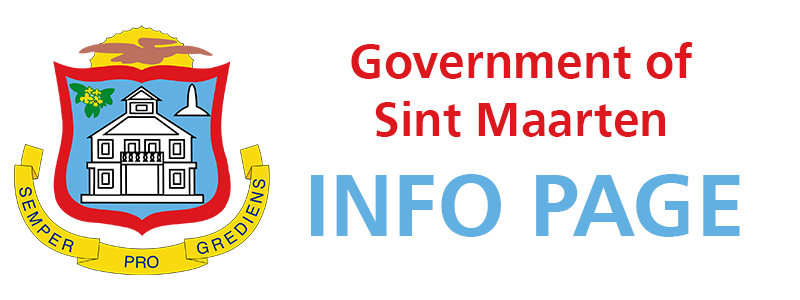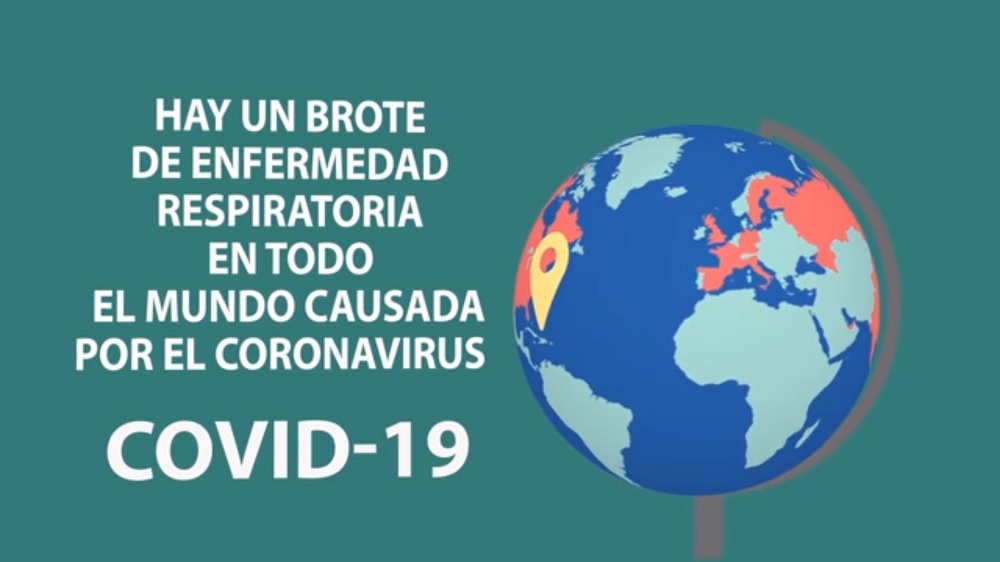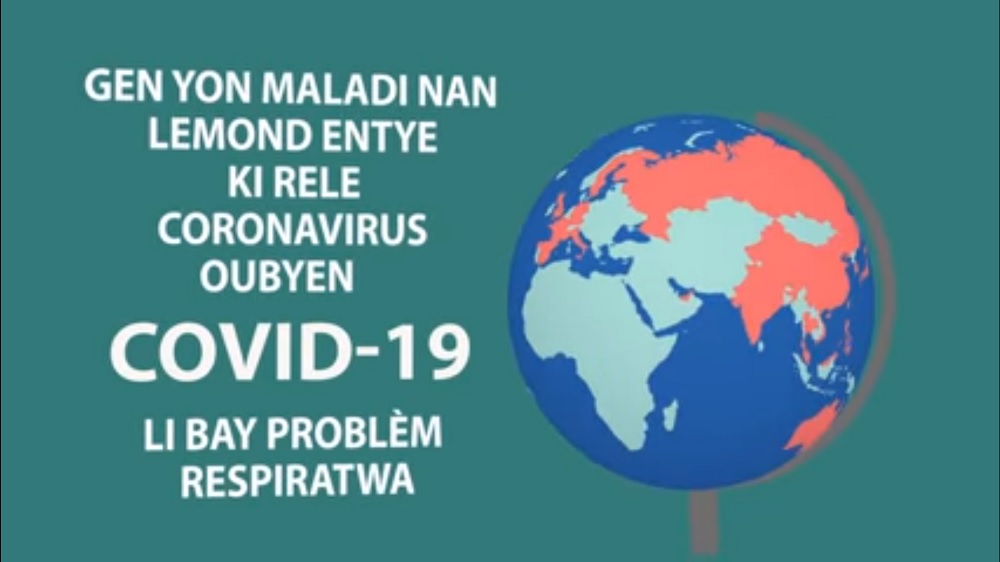Point-to-point beats hub-spoke airlift
by Cdr. Bud Slabbaert
A hub-spoke distribution network is a system of connections arranged like a wheel in which all traffic moves along spokes connected to the hub at the center. Since we are dealing with airlift, we are obviously talking about distribution of passengers.
The hub and spoke model relies on perfection. When all is working in harmony and streamlined, then the entire system can be very efficient. Passengers arrive with the larger aircraft on long haul flights at the hub. They are transferred and take off again for their end-destinations. The hub airport should have transit facilities and immigration waiver arrangements. Yet often these may not available and the hub function erodes.
The hub may care less; they prefer passengers who stay overnight anyway. That is what you would think.
Yet, airports and tourism offices like to charm and seduce airlines at conferences by claiming that they are a major hub in the region as an argument to attract more major airline connections by suggesting it is a way to fill their aircraft to the brim. The claim is supposed to show passenger demand. However, if the passenger demand is high for a so-called hub-partner then airlines will avoid using the hub and start flying directly to destinations that were once considered hub-partners.
Think airfares and efficiency. Because of using a hub additional passenger tax, landing fees, ground handling must be added to the basic airfare for getting to the end destination. For the passengers the transfer also means an undesired waste of time. Point-to-point beats hub-spoke.
Airlines don’t do favors. One cannot attract them with sweet words, lollipops, or hot air. At the airline headquarters there are specialized route analysts who monitor the market developments and there are route planners to work out the details needed to come to a decision on what destination to fly to and with what seat capacity. Any territory hoping that a large airplane of a major airline will come to their “Oh, island in the sun” by means of intriguing or beguiling them, may be dreaming.
Airlines have options. Often, they have aircraft available with different seat capacity. Or they cooperate with airline partners that have smaller aircraft. They may operate under the same or similar brand name, e.g. American Airlines and American Eagle. They use the same reservation system, they share whatever there is to share for the sake of efficiency and lowering costs.
Where once Jumbo Jets landed now the same airline may still use a big jet, but they are smaller and have less seats. Some destinations will proudly say that the airplanes are booked 85% or more, but forget to mention the airplane is smaller and has less seats. Where there were once direct flights, the flight route may become now triangular to pick up additional passenger at a second airport. Or the lower fuel cost for a return trip at the second airport may be reason for the triangular route.
It goes the other way around with the former ‘hub-partners’. If there is an interesting passenger demand, then an airline may start with a smaller jet of their fleet. When that passenger demand grows, they will use a larger jet. As airlines watch each other what is developing, a second airline may also decide to also fly to that destination. So, one may conclude that passenger demand, and airline decisions depend on the attractiveness of a destination.
Courier services use the hub and spoke design worldwide. All packages go through a centralized system with strategically located distribution hubs. It works almost perfectly. Packages are guaranteed to be delivered absolutely on time. Hubbing may be ideal for packages, however, passengers are no packages, and do not wish to be treated as such. However, they would like to get at their destination fast and in efficient manner, not to forget at a reasonable price.










